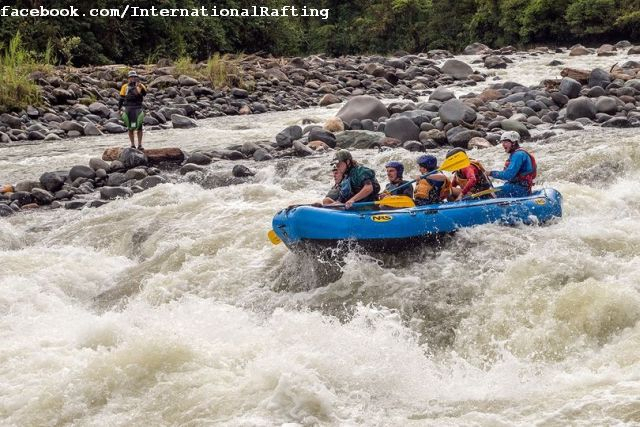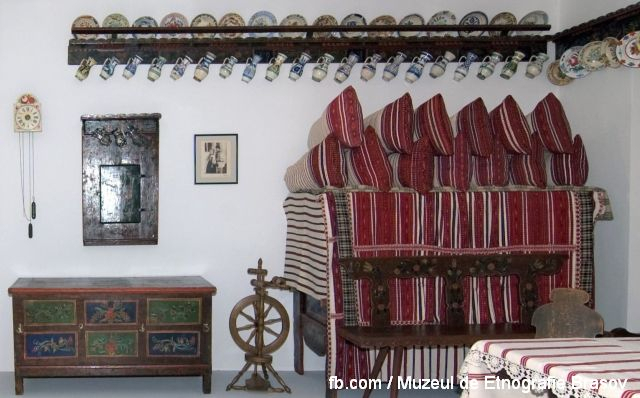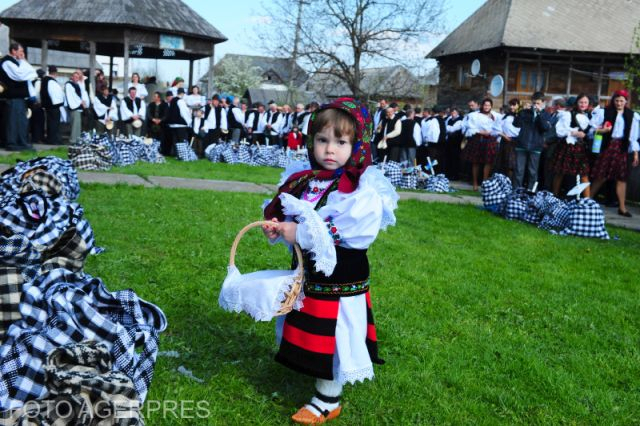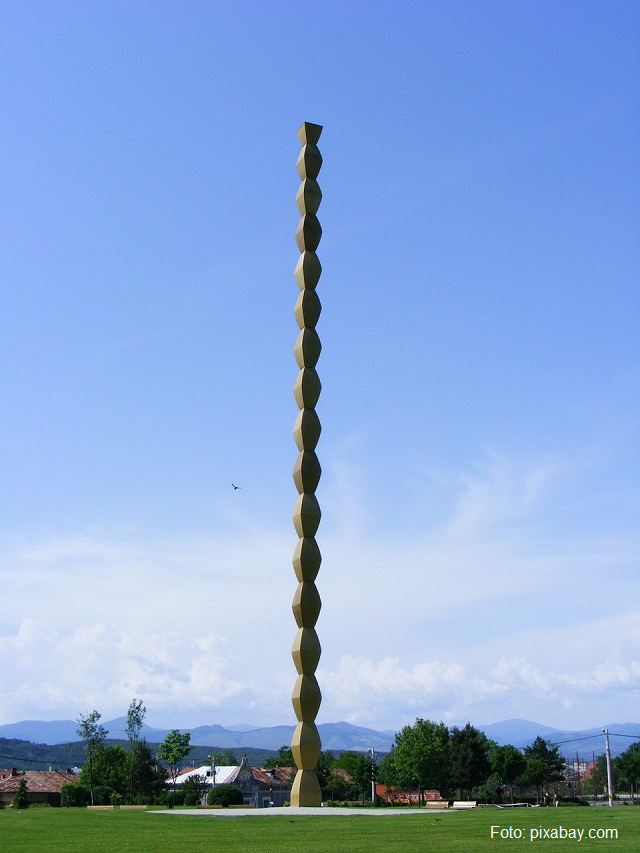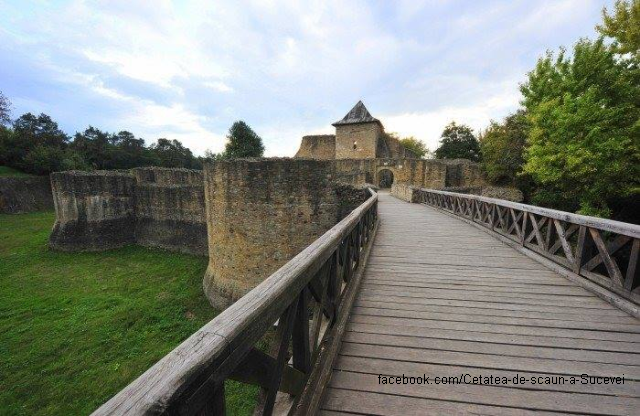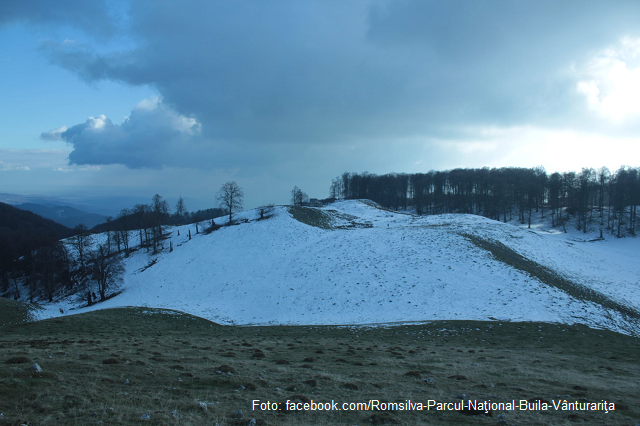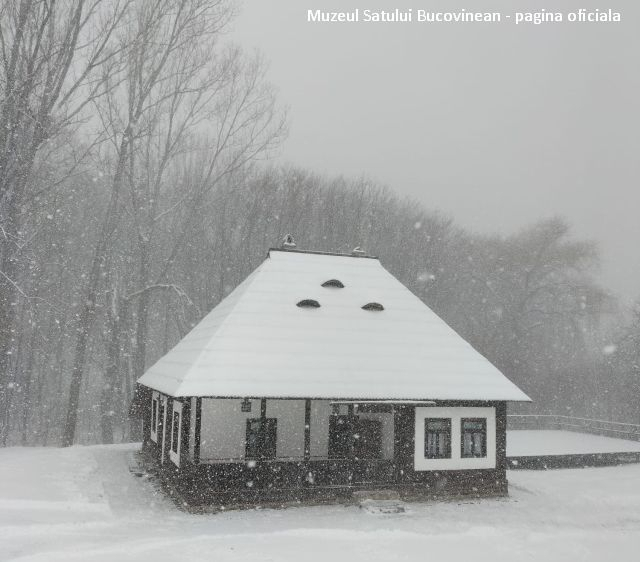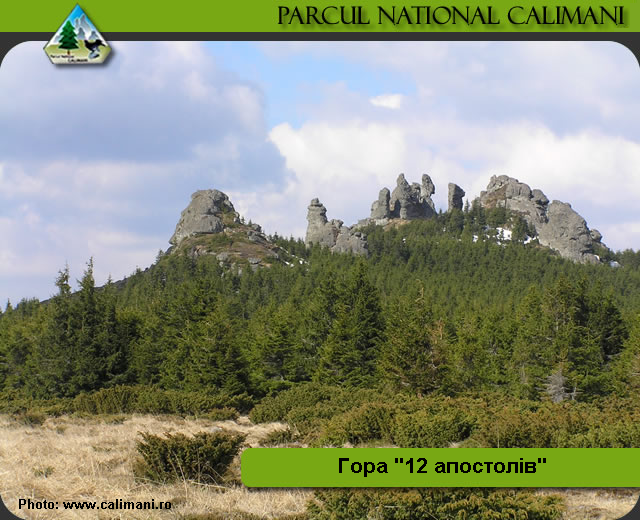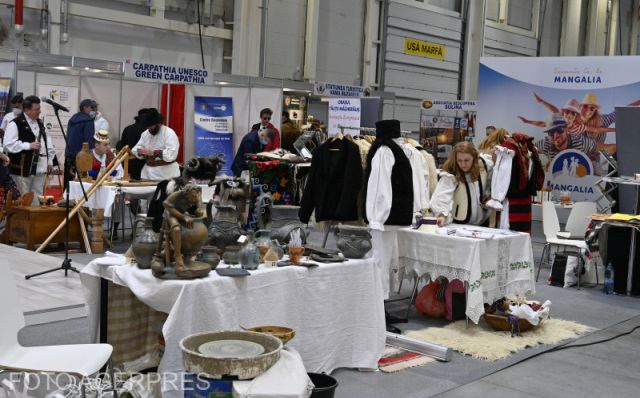With generous scenery and a valuable cultural heritage, it stands out nationally with its very high and diverse tourism potential. Here, the predominant relief is mountainous, which reaches an altitude of over 1,800 m in the northwest of the county, and over 2,000 in the south.
Our guide on this fascinating journey is Ioana Mirca, inspector with the Tourism Bureau with Alba County Council.
“In the northwest we have the Apuseni Nature Park, which is the most anthropic of protected areas in Romania, and a major tourist destination for mountain and nature lovers. In turn, the southern area of Alba County has also seen significant tourism development. The Sureanu Mountain, due to its existing skiing facilities, is a preferred destination for tourists who seek areas for winter sports. Due to the development of the Sureanu skiing area, but also the fact that Alba County is traversed by the Transalpina high altitude motorway, the influx of tourists has increased significantly, especially in the summer season. Right now, the most popular forms of tourism in the county are mountain, cultural, and rural tourism, as well as that generated by the existence on the countys territory of three elements on the UNESCO world heritage list. These are the Calnic rural site, the Dacian fortress in Capalna, and the Rosia Montana mining area.”
We asked Ioana Mirca what tourism looks like in Alba County, after two years of the pandemic:
“Right now there are obvious signals that everyone was majorly affected by the restrictions imposed during the pandemic, and that tourist circulation has had a significant growth. People in general, and I am not referring only to tourists, feel the need to socialize, to take part in events, to go out with friends, to take trips, and have various tourist activities, to break out of the daily doldrums in general. In order to meet these needs, public authorities have resumed a number of cultural and history events, or festivals that went unorganized because of the pandemic, and those held the last few months have had more visitors than in 2019. The International Theater Festival Stories, and the Night of Museums would be among them. With small steps, I could say that Alba County is little by little getting closer to what tourism was before the pandemic.”
The pandemic meant the re-discovery of this new form of tourism: return to nature. The authorities in the county got caught unprepared. In addition to the certified tourist trails, which are the usual target for tourists, they had started a project to create and developed thematic tourist trails. Here is Inspector Ioana Mirca with the Tourism Bureau:
“One of them is called Potecu Stanelor, it is a circuit that connects a few sheepfolds in the Sureanu Mountains area, where tourists can get organic sheep products like mutton or milk, but also cow products, prepared on a grill or in a kettle. The circuit offers tourists several ways of taking part in traditional activities taking place in sheepfolds, such as feeding and milking the animals, making cheese, or other specific activities. One other thematic trail, which in a way has to do with the Dacian Fortress in Capalna, is the Gradus Legionis, a trail that links the Roman castrum in Saua Ausel, in the Sureanu Mountains, and the fortress, trying to enact the march of the troops that conquered it.
Of course, together with our colleagues from Alba Mountain Rescue, together with volunteers, we will continue to maintain and mark the tourist trails in the two mountain massifs in Alba, in order to provide tourists with a pleasant and safe experience.”
Alba County is an area rich in history, so cultural and historical tourism is well represented. We asked Ioana Mirca what are the most important events that can be celebrated by tourists:
“This year, the must go to event, of maximal importance historically, is the Coronation Centennial. Alba Iulia was the venue for the coronation of King Ferdinand I and Queen Marie as monarchs of Greater Romania, on October 15, 1922, with guests from all over Europe, representatives of royal houses, members of special missions, high officials, and a large Romanian crowd. In this way, the 1918 Grand Union had its natural culmination, after international recognition through the treaties of Paris, Saint-Germain, and Trianon. This crucial event in Romanias history will be marked in Alba Iulia through a long string of activites and actions dedicated to it, which are reflected in the Alba County Cultural Agenda.”
For this centennial year, the local authorities tried to bring added value to all forms of tourism in the county, developing some new ones, such as spa tourism:
“The most important project for Alba County regarding the development of a new form of tourism in the year 2022 is opening up the Salt Baths Complex in Ocna Mures. This development project, initiated by Alba County Council, and the Ocna Mures Local Council, wants to revive spa tourism the was it was in Ocna Mures in its glory days, in the 80s, which will improve the health of people who will be visiting the spa. Investments are over 35 million lei, about 7 million Euro. The treatment base will include facilities such as indoor and outdoor pools, with sweet and salt water, a mud packing room, spaces for physiotherapy and medical recover, a fitness area, and a restaurant, all on a surface of 6,400 sqm.”
The year 2022 is a strong comeback for all events with a tradition in Alba County. No matter in which period you schedule your visit, you can take part in many festivals and fairs, getting closer to the history and traditions of the places.


